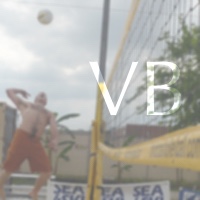I hear a number of common phrases during volleyball play which I discourage athletes from using. This is why.
“How do you want your set?”
Often advised for new teammates, this question is poorly worded and really does not address what is important for the game. What an attacker wants for a set is often pretty different from what she needs in an in game situation. Moreover, the expected answer is often couched in terms of trajectory and distance from the net; it is only applicable in a blocked and controlled passing situation. It can result in some pretty impressive “warm up” hits, but doesn’t necessarily translate to reality.
The question does reveal something about the setter – the idea of subservience to the attacker, and that ultimately it’s the attacker’s desires that fuel the point earning potential. In this question, the setter outsources his judgment and decision making to the attacker. It lowers the bar, the idea that as long as the setter can deliver along synthetic parameters, he has earned success, even if the team loses the point.
Looking into the characteristics of a good set, most athletes will define it as some kind behavior of the ball, adjusted with respect to the net. But how effective an attack becomes is contextual to the attacker and the situation. The characteristics of a good set are not easily described between just the setter and the ball, but ultimately it’s the ability of the setter to take responsibility for the options available for her partner that determines the outcome. Falling back onto this question is rejecting that responsibility; the partner cannot really meaningfully answer it, and just describes a desire for a quick answer to a complex question. Let go of the crutch, and understand that good setting is a process – the attack is the outcome.



